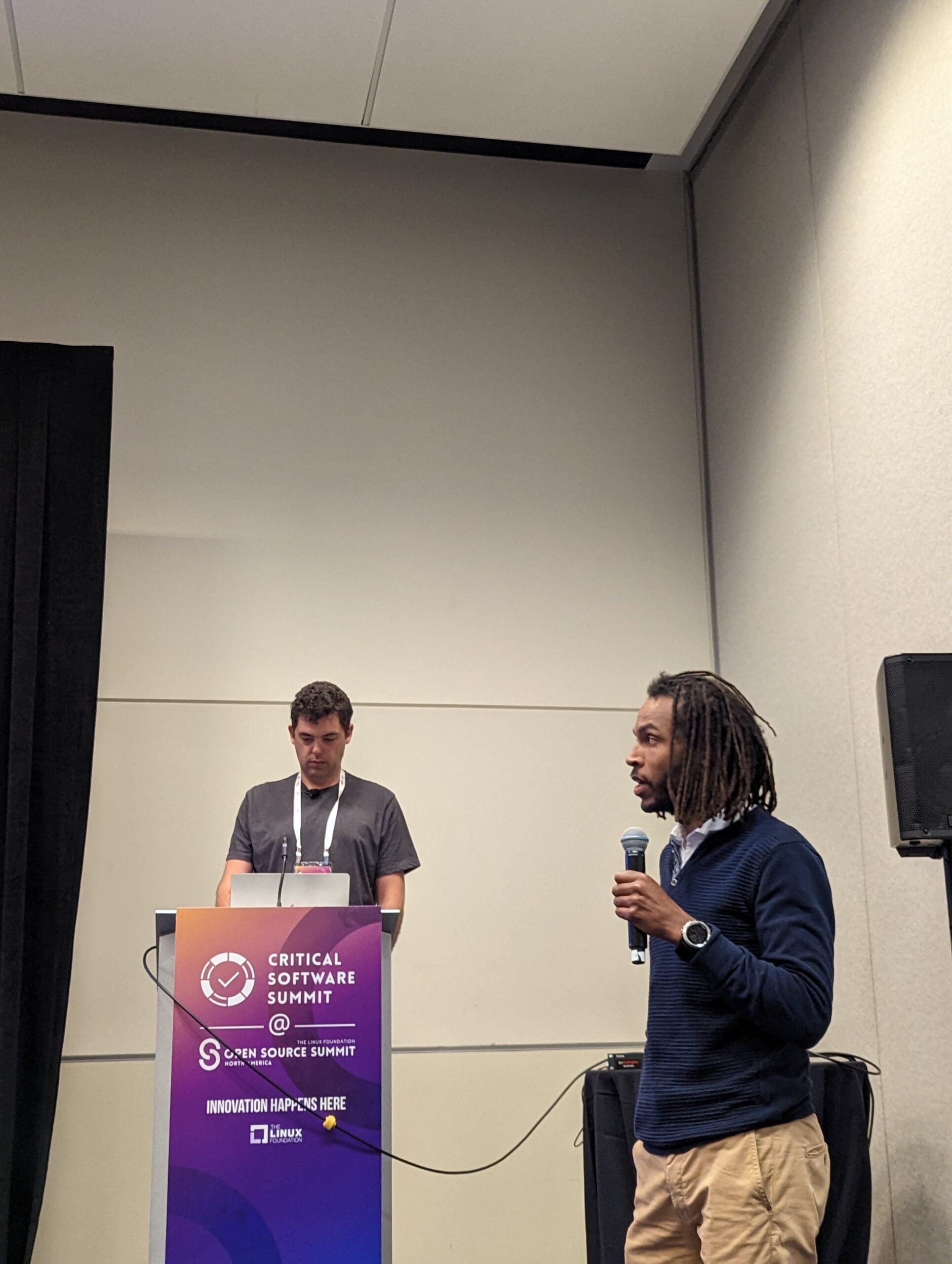Open Source Summit North America Recap: Introducing SEAPATH: Revolutionizing Energy Infrastructure with Virtualization
At the recent Open Source Summit North America, Aurélien Watare and Florent Carli of RTE explained how the energy landscape is undergoing a profound transformation (video below). With a shift towards renewable energy sources and the urgent need to reduce carbon footprint, energy infrastructure must adapt to meet these new demands. One innovative solution presented at the session was the SEAPATH project, which aims to build a virtualization platform for integrating renewable energy sources into the existing energy grid. Key highlights from the session include:
- Embracing Change in the Energy Grid:
Traditionally, energy grids have remained stable for decades, primarily designed to cater to centralized generation sources, such as nuclear power plants. However, the rise of renewable energy sources necessitates a more flexible approach. The SEAPATH project acknowledges this need for adaptability and aims to build a virtualization platform to seamlessly integrate these new energy sources into energy infrastructure.
- The Role of Substations:
Substations act as the vital connection points for renewable energy sources. They are equipped with control functions, high-voltage equipment, and protection mechanisms. SEAPATH recognizes that substation virtualization is key to effectively managing and distributing power from diverse energy sources. By virtualizing critical control system applications, the platform becomes the backbone of this new system.
- Building the SEAPATH Platform:
The SEAPATH platform is an integration project, leveraging existing technologies and stable software to create a virtualized environment. The project incorporates elements such as hypervisors, Real Time Linux, Pacemaker, and OpenVswitch. These components enable the construction of a ready-to-run virtual machine cluster, ensuring high availability and excellent networking performance within the substation.
- Addressing Security and Reliability:
With the increasing concern surrounding cybersecurity, the SEAPATH project has prioritized system updates and log exportation to enhance the security of the virtualized environment. By utilizing standard distributions and employing automation through Ansible playbooks, system patches and updates become simpler and more efficient. This approach ensures a robust and reliable infrastructure while maintaining the ability to detect any anomalies promptly.
- Continuous Testing and Future Prospects:
To guarantee the effectiveness and stability of the SEAPATH platform, continuous testing and factory acceptance tests are employed. This enables the project to identify and resolve any issues promptly, ensuring the platform’s readiness for deployment. The SEAPATH team also emphasized the importance of collaboration and knowledge sharing within the community, inviting others to contribute their ideas and expertise to further enhance the project’s development.
Overall, the SEAPATH project represents a significant step forward in transforming the energy grid to accommodate renewable energy sources effectively. By embracing virtualization and incorporating existing technologies, SEAPATH paves the way for a more flexible, reliable, and secure energy infrastructure. As the project continues to evolve and mature, it promises to revolutionize the way we integrate renewable energy into the grid, contributing to a sustainable and greener future for all.
